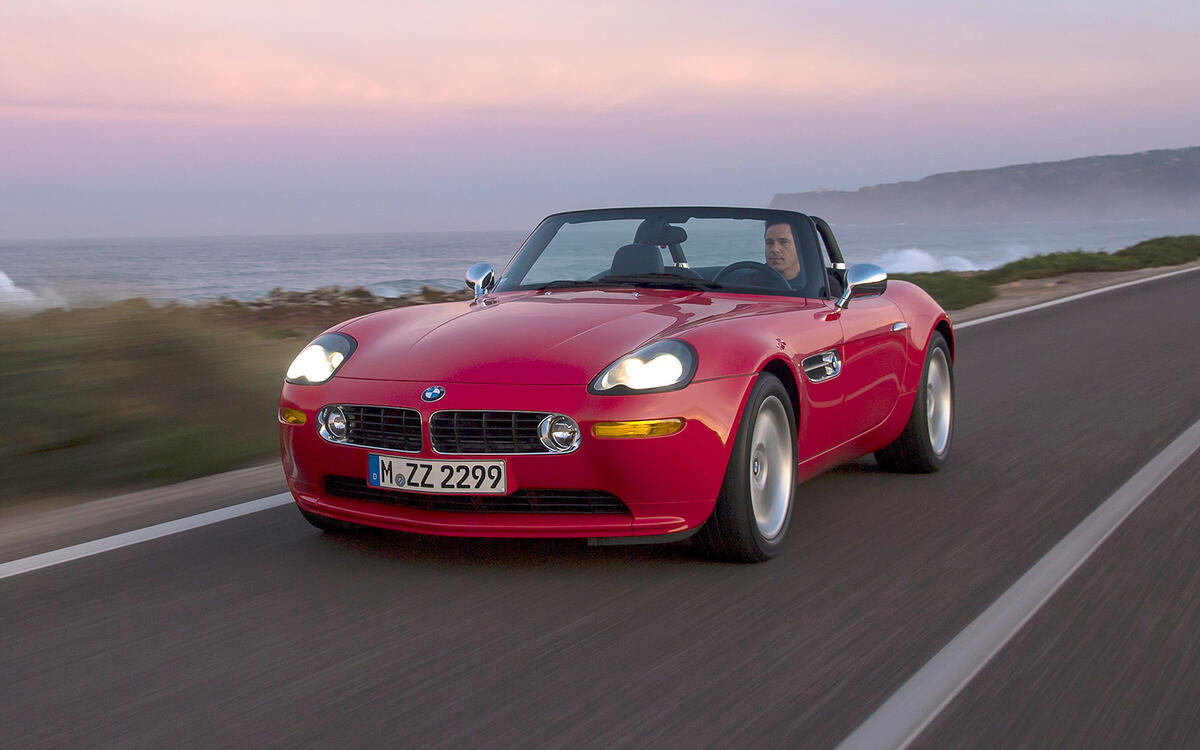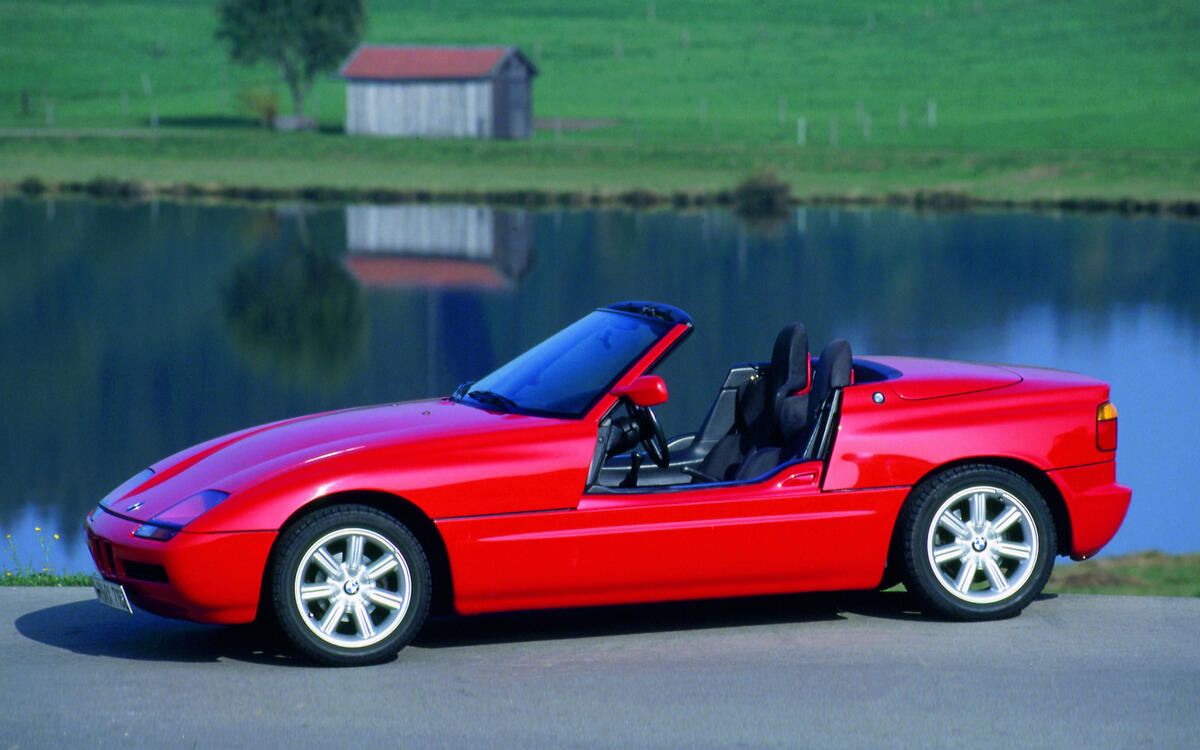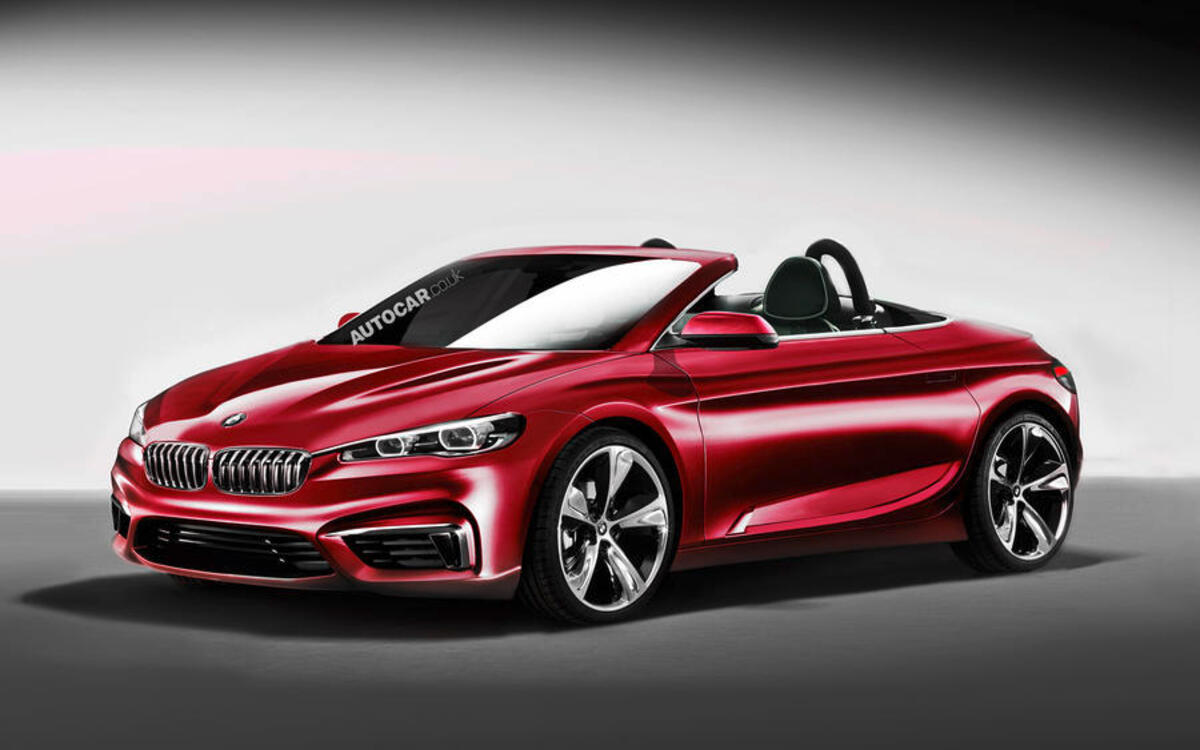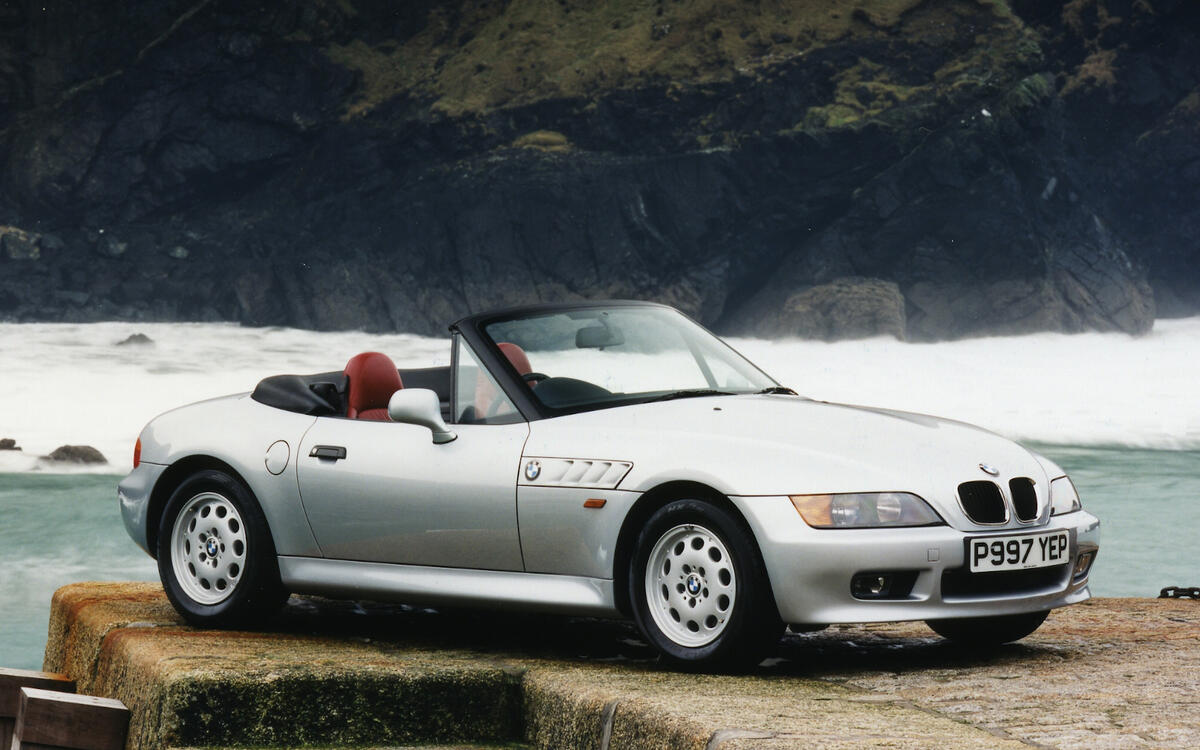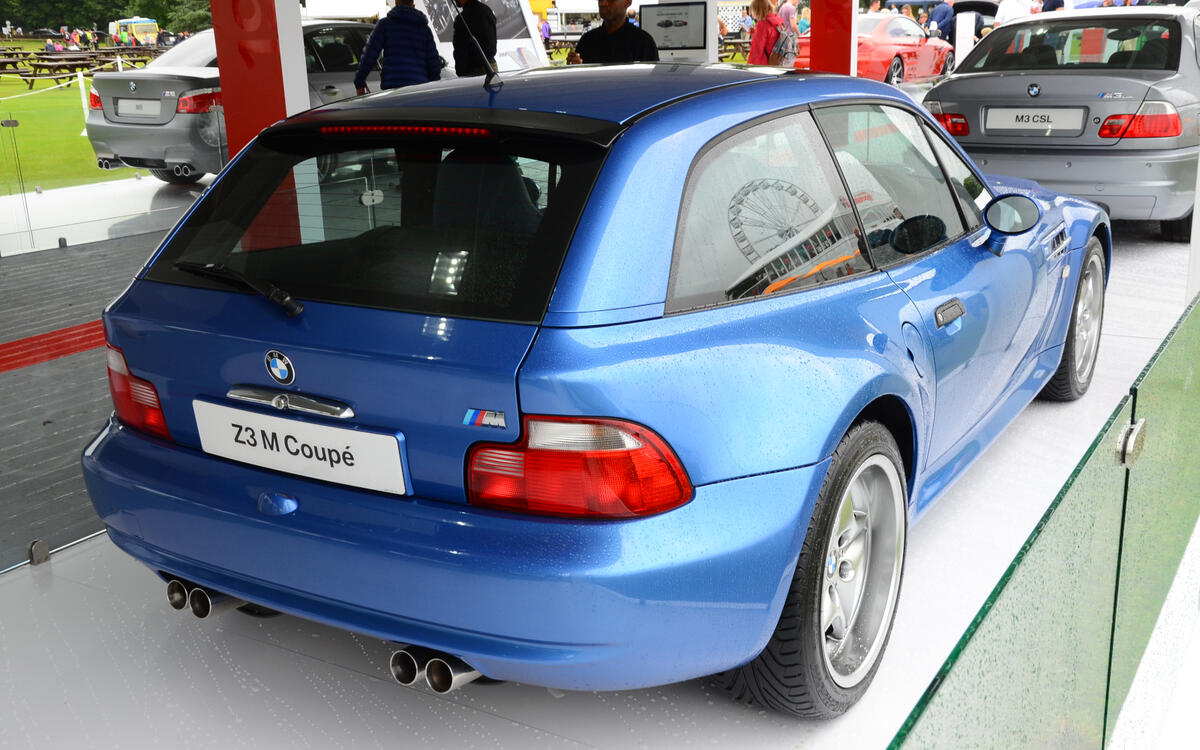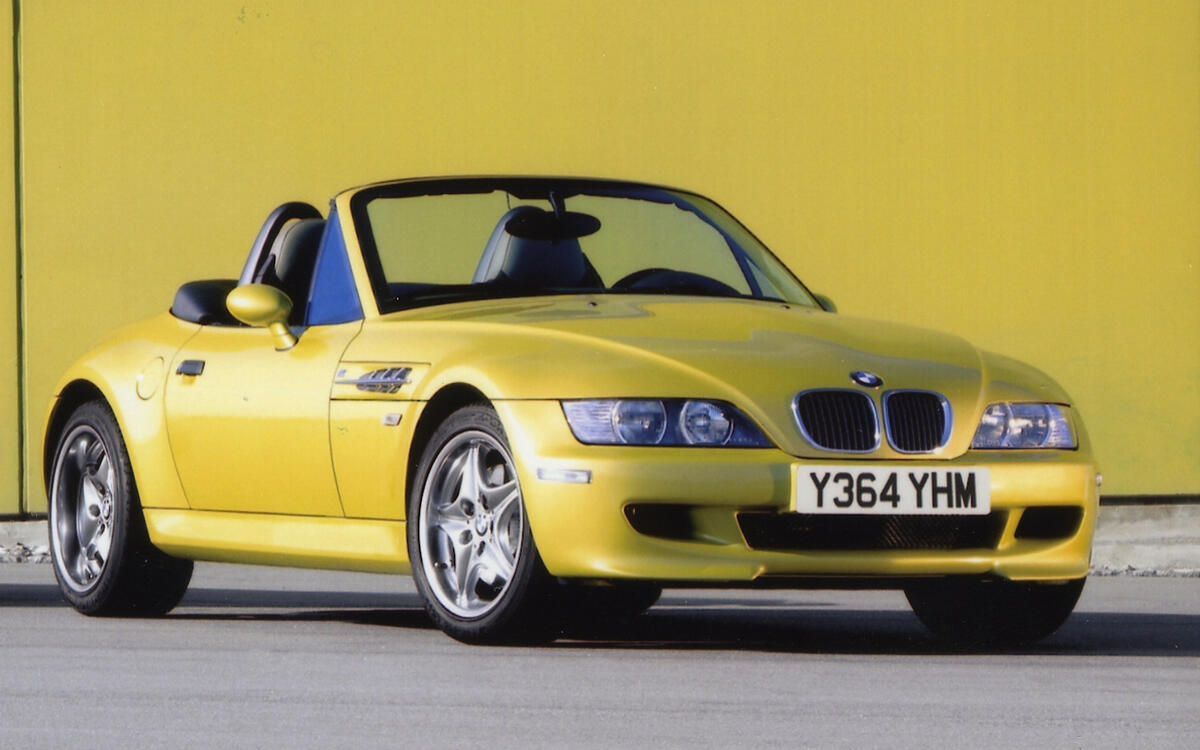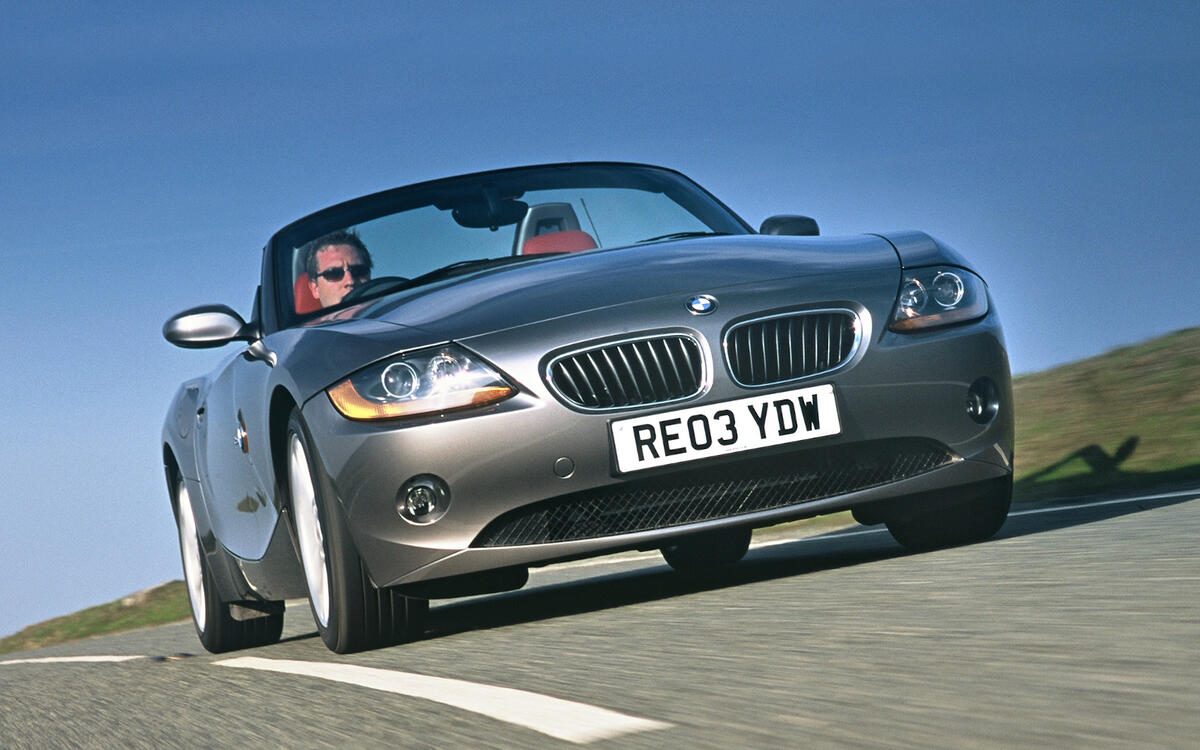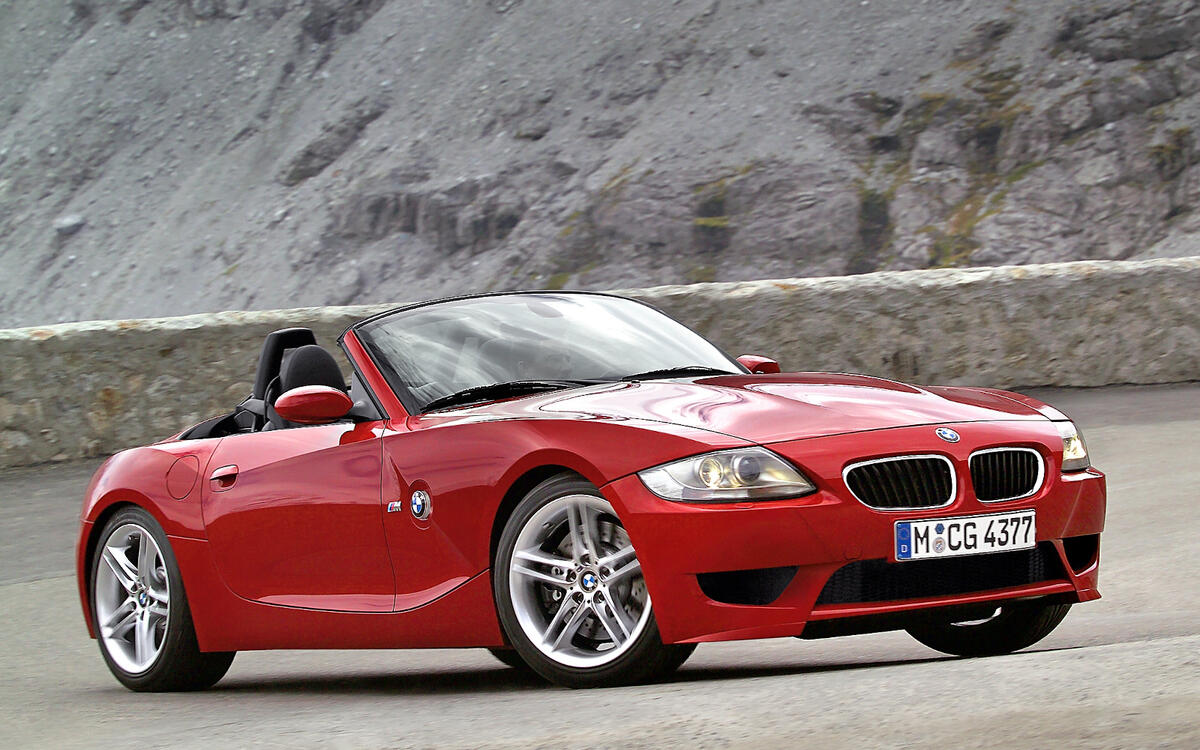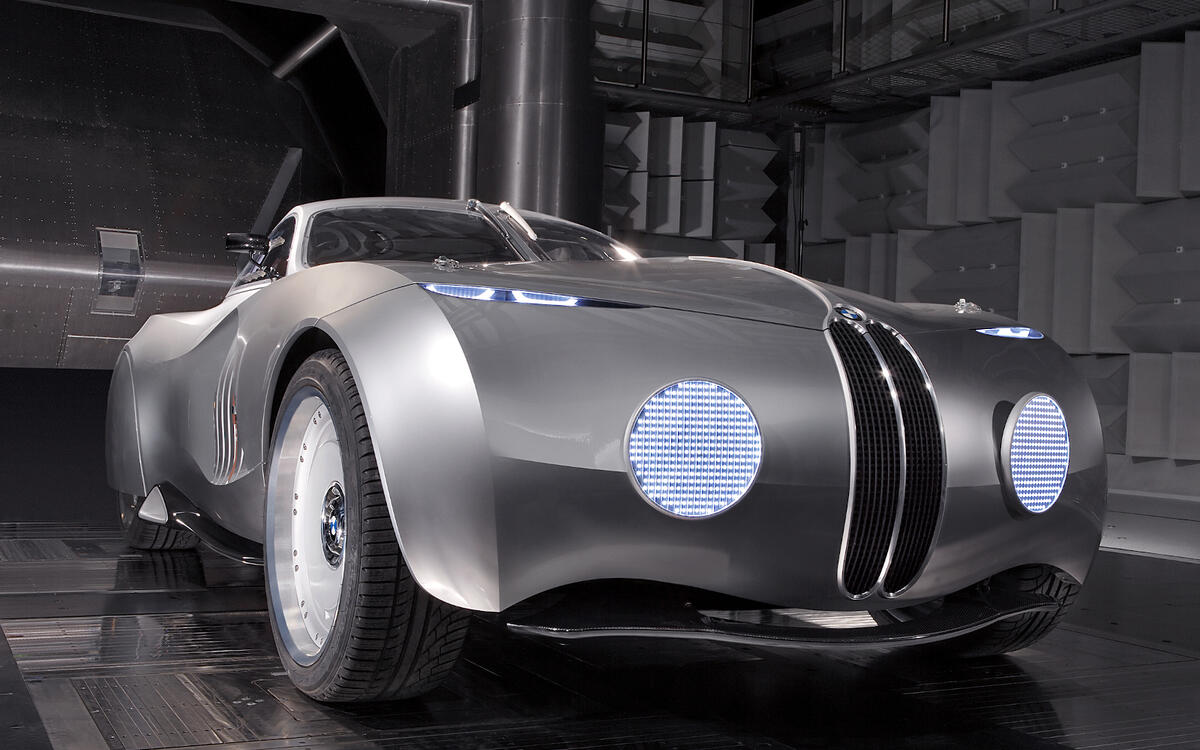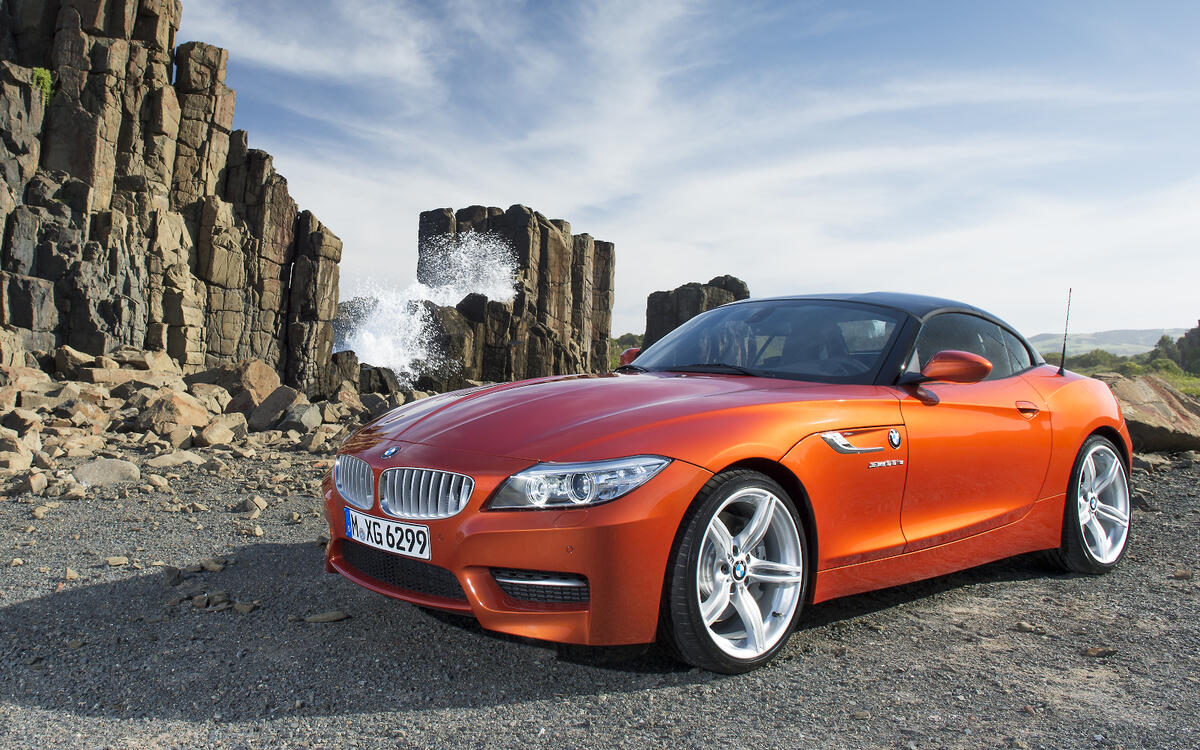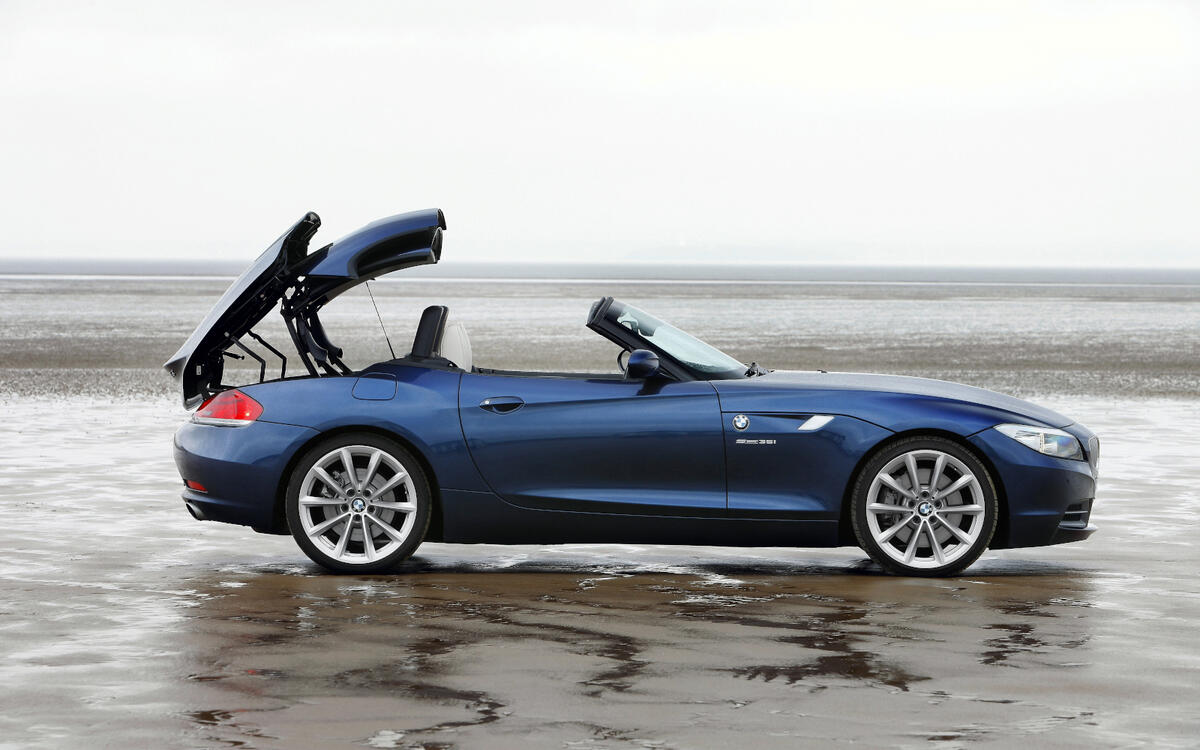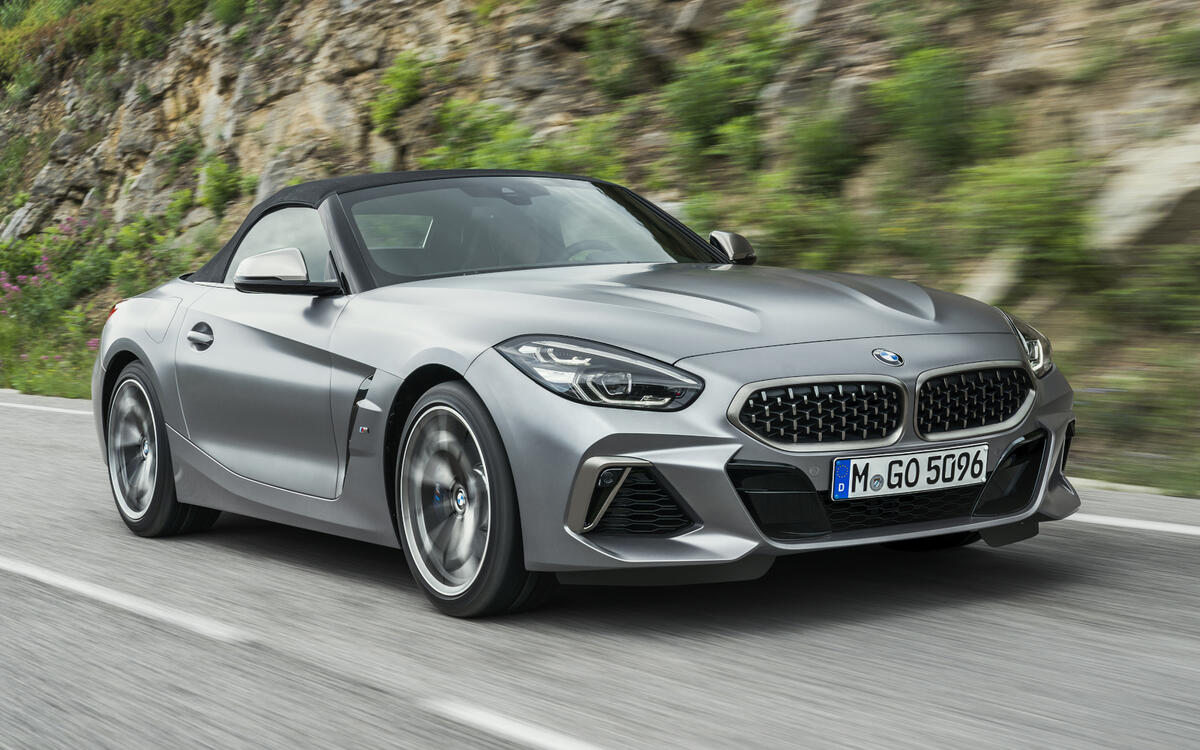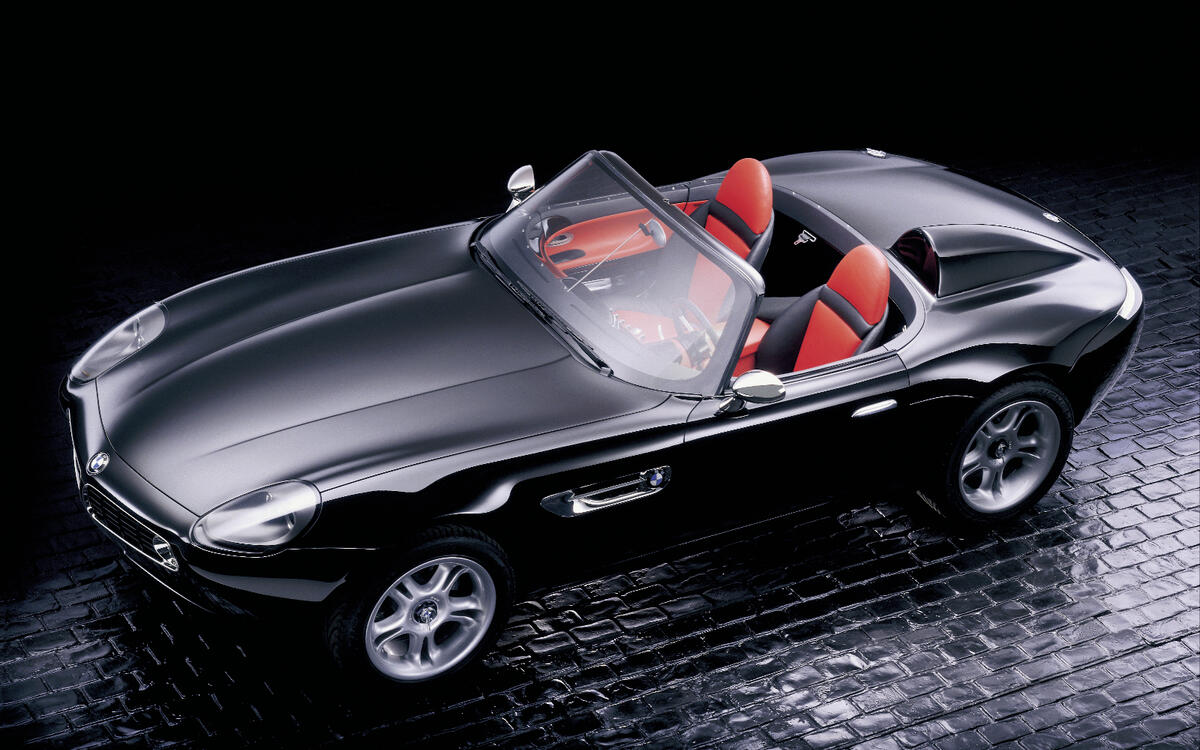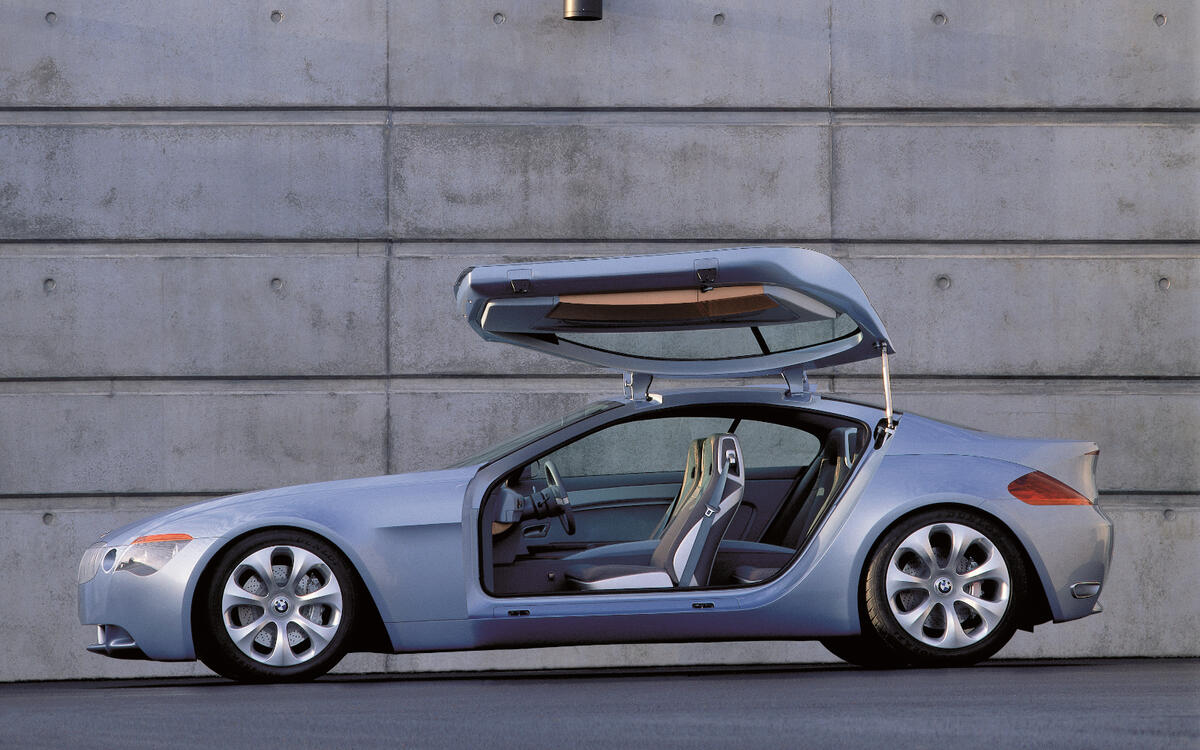 Slide of
Slide of
After the pre-War 328 and the 507 of the late 1950s, BMW had no two-seater open sports cars on its books.
That was the case until a subsidiary called BMW Technik created a roadster concept called the Z1.
BMW put it into production in 1989, and for almost every year since then it has been possible to buy a Z model of some sort. Here is the story of the Z cars that made it, and one that didn’t, in numerical order starting with Z1:
 Slide of
Slide of
Why ‘Z’?
First, though, there’s the question of why the cars are called Z. BMW subsidiary companies have code names with two letters, and in the case of BMW Technik GmbH (founded in 1985 and renamed BMW Forschung und Technik – or Research and Technology - in 2003), those letters are ZT. The first car produced by the company was both known internally and sold to the public as the Z1.
It’s often said that the Z actually stands for the German word Zukunft, meaning ‘future’. This was not the original meaning, but it has become accepted as an alternative, and BMW Group Classic is happy with both.
 Slide of
Slide of
BMW Z1
Apart from its unadventurous 168bhp 2.5-litre six-cylinder engine, the Z1 was quite radical for a BMW of the late 1980s, with removable plastic body panels, underbody aerodynamics and multilink rear suspension. What most people, noticed, however, were the downward-retracting doors. The car could be driven with them down, though whether this was legal depended on what country you were in.
Production stopped in 1991 after 8000 examples were built, with the vast majority (81%) sold in Germany. There were to be no more BMW Z production models for four years.
 Slide of
Slide of
BMW Z2
The Z model which didn’t happen (or at least hasn’t yet) was the Z2. For several years there was speculation about a front-wheel drive model, and possibly a 4x4 derivative, based on a MINI platform which might function as a rival to the Mazda MX-5.
Recently, however, the story has gone cold. If BMW ever does produce a Z2, it probably won’t be in the near future. PICTURE: Autocar render
 Slide of
Slide of
BMW Z3 (1995-2002)
The original Z3 was the first BMW built only outside Germany. All production took place at the Spartanburg factory in Greer, South Carolina.
From its launch in 1995, the car was initially available with modest four-cylinder engines of 1.8- and later 1.9-litre capacity. These gave the Z3 a good handling balance, but power outputs of under 140bhp did not impress critics or indeed James Bond fans. Six-cylinder engines producing up to 228bhp became available at the turn of the century.
 Slide of
Slide of
BMW Z3 Coupe
BMW diverted slightly from the idea of all Z models being roadsters when it developed the Z3 Coupe. Mechanically identical to the open-top version, it was structurally stiffer – always a good thing – but its appearance was not universally admired.
The Coupe was referred to variously as ‘hearse’, ‘breadvan’ and ‘clown shoe’, which may explain why sales were disappointing compared with those of the Roadster, though they’re desirable and valuable today.
 Slide of
Slide of
BMW Z3 M Roadster and M Coupe
High-performance versions of the Z3 developed by BMW’s high-performance M department went on sale in 1997.
Several 3.2-litre six-cylinder engines were used over the next five years, the most powerful producing 320bhp. There were some doubts about how well the car coped with this, but early complaints about the Z3 lacking power were definitely a thing of the past.
 Slide of
Slide of
BMW Z4 (2002-2008)
Built exclusively at Spartanburg, the first-generation Z4 was similar in concept to the Z3 but felt considerably more modern. As before, coupe and roadster body styles were available, and there was a four-cylinder engine of 2.0 litres capacity for those who wanted it.
Most versions, however, were six-cylinders of 2.5 or 3.0 litres and power outputs of up to 261bhp. Or, for greater excitement still, you could have the M cars which were on sale from 2006 to 2008.
 Slide of
Slide of
BMW Z4 M Roadster and M Coupe
Those M cars used the S54 3.2-litre six-cylinder engine. The equivalent Z3 models did too, but in the case of the later cars maximum power was up to 343bhp, the same as in the 2000-2006 M3.
By a small margin, that was the highest output of any production Z4 in this or the following generation.
 Slide of
Slide of
Concept Coupe Mille Miglia
The Z4 M Coupe was the basis for a very special one-off car unveiled in 2006. This was the Concept Coupe Mille Miglia, named after the northern Italian road race won by Huschke von Hanstein (1911-1996) in a streamlined BMW 328 in April 1940, two months before Italy joined World War 2.
The concept, which was longer, wider and lower than the standard Z4, made its debut at the 2006 Mille Miglia retrospective. The body panels were made of carbonfibre-reinforced plastic, and the headlights were flat LED units.
 Slide of
Slide of
BMW Z4 (2009-2016)
The second Z4 was the first car of this type since the Z1 to be built in Germany rather than the USA. All production took place in Regensburg, leaving the Spartanburg facility to get on with building exclusively SUVs, which it does to this day to the tune of 450,000 a year.
This was also the first BMW with two women in charge of design, Juliane Blasi being responsible for the exterior and Nadya Arnaout for the interior.
 Slide of
Slide of
Z4 differences
Two Z model traditions started during the days of the Z3 ended now. Separate coupe and roadster models were no longer available; all versions were, fashionably for the time and in response to customer demand, coupe-convertibles, with powered retracting roofs.
There were no M versions either. The most powerful engine was the N54, also used in the 1-Series M Coupe, which produced 335bhp, not far short of the previous generation M cars’ 343bhp.
 Slide of
Slide of
BMW Z4 (2019 on)
After a brief period when no Z4s were manufactured, the current version went on sale in 2019. This one has a retractable fabric roof, public enthusiasm for coupe-convertibles having faded in previous years.
The platform is the one used for most of today’s rear-wheel drive BMWs, while the 2.0-litre four-cylinder and 3.0-litre six-cylinder engines are both turbocharged. As available in some markets including the USA, the latter is the most powerful Z4 engine yet, with a claimed maximum figure of 382bhp.
 Slide of
Slide of
The Z4’s Japanese cousin
After nearly two decades, Toyota brought the Supra name back to life for a coupe very closely related to the new Z4, built on the same Magna Steyr contract production line at Graz in Austria.
The BMW platform, interior and engines are used for both cars, though their exterior designs are significantly different. News of the collaboration between the manufacturers was greeted with disapproving tuts from critics, as these things usually are, but it is not unusual within the motor industry, and truth be told the sports car market is no longer large enough to justify major investments over a single model.
 Slide of
Slide of
BMW Z07
The Z07 was a tribute to the BMW 507, capturing the spirit of the 1950s car in a 21st century design language rather than attempting to copy it. One of its most notable features was a ‘double bubble’ roof, which had not been used on the 507.
Displayed at the 2007 Tokyo Motor Show, the Z07 was powered by the 4.9-litre V8 engine used in the contemporary BMW M5. It was only ever intended to be a concept car, but it did lead directly to another BMW Z model which people could actually buy.
 Slide of
Slide of
BMW Z8
The production version of the Z07 was named Z8 and was very similar to the concept car, for example sharing the 395bhp M5 engine. The major change was that the much admired double bubble hardtop of the concept car was abandoned in favour of a folding fabric roof.
The Z8 was on the market from 2000 to 2003. Substantial pre-event publicity was provided by the car’s appearance in the 1999 James Bond film, The World Is Not Enough. The car wasn’t universally admired when new from drivers who expected a sports car but instead found a grand tourer, appreciation of the Z8 has increased since, along with valuations.
 Slide of
Slide of
BMW Z9
The Z9 Gran Turismo was a remarkable concept car display in Frankfurt in 1999 and Paris the following year. Features included a carbonfibre body panels over an aluminium spaceframe, combined gullwing and front-hinged doors, a minimalist interior, the 3.9-litre V8 turbo diesel engine from the 7-Series and an early version of the iDrive communications and entertainment system.
The overall styling influenced that of the 2003 6-Series, while the controversial ‘Bangle butt’ rear would be found on many later BMW models.
We celebrate over 30 years of one of BMW’s most interesting model lines
Advertisement

